When US President Donald Trump told European Commission President Ursula von der Leyen, “No president knew how to build a ballroom. I could take this one, drop it right down there, and it would be beautiful,” he wasn’t joking.
Now, that long-held dream—a sprawling 90,000-square-foot State Ballroom inside the White House—is finally becoming reality. But for Trump, the project is about far more than architecture; it’s about legacy, power, and settling old scores.
Long delayed, finally happening
Trump has spoken about building a White House ballroom for over 15 years, well before his presidency.
Back in 2010, during Barack Obama’s administration, he personally phoned senior adviser David Axelrod to pitch his idea: a new ballroom, “beautiful, like Mar-a-Lago’s,” he said, offering to build it himself for about $100 million.
The proposal went nowhere. But that rejection stuck with Trump.
Now, as President, he’s turning that long-dismissed pitch into a $300 million project, which is three times the cost he once offered privately. “We are going to make and build a ballroom, which they’ve wanted for probably 100 years at the White House,” Trump told NBC’s Meet the Press in May. “We have three or four different concepts, and we’re working with great architects.”
Days later, demolition crews bulldozed the White House’s East Wing, clearing ground for the new ballroom. The move shocked historians, preservationists, and political critics alike—many calling it the most radical structural change to the White House since the Truman-era reconstruction of 1948–1952, when the mansion was gutted and rebuilt due to structural decay.
Impact Shorts
More ShortsThe East Wing’s demolition reduced decades of architectural history to rubble.
Trump’s aides insist the ballroom is a “long-overdue modernisation,” a project funded through private donors and corporations. Critics, however, see it as emblematic of Trump’s presidency—a literal and symbolic wrecking ball to norms, institutions, and even the White House itself.
His press secretary, Karoline Leavitt, confirmed the ballroom will bear a name but declined to say what it will be. Trump later clarified that it won’t carry his name, but the ballroom has his name written all over it.
Indeed, Trump’s ballroom fits seamlessly into his broader pattern of personalisation.
Since returning to the Oval Office, he’s re-gilded its decor, added gold medallions to the Cabinet Room, paved parts of the Rose Garden, and installed new flagpoles on both the north and south lawns.
For Trump, aesthetic control is power, and he believes power should be seen.
The ballroom is not just another addition; it’s a manifestation of identity, bridging Trump the builder and Trump the president.
And the White House itself has always changed with time.
It was built in 1792 by architect James Hoban, burnt down by British troops in 1814, and rebuilt three years later. The South and North Porticos were added in the 1820s, giving it its famous look. Theodore Roosevelt added the West Wing and Oval Office in the early 1900s, and Calvin Coolidge built a third floor in 1927. The East Wing came in 1942 for offices and wartime work, and President Truman completely rebuilt the inside between 1948 and 1952.
In that long lineage, Trump’s ballroom stands out as the most extensive addition in over 70 years and also the most controversial.
For his critics, the ballroom is excess dressed as patriotism. For his supporters, it’s vision fulfilled. Either way, Trump’s long game has come a full circle. It is his redemption, built to last.


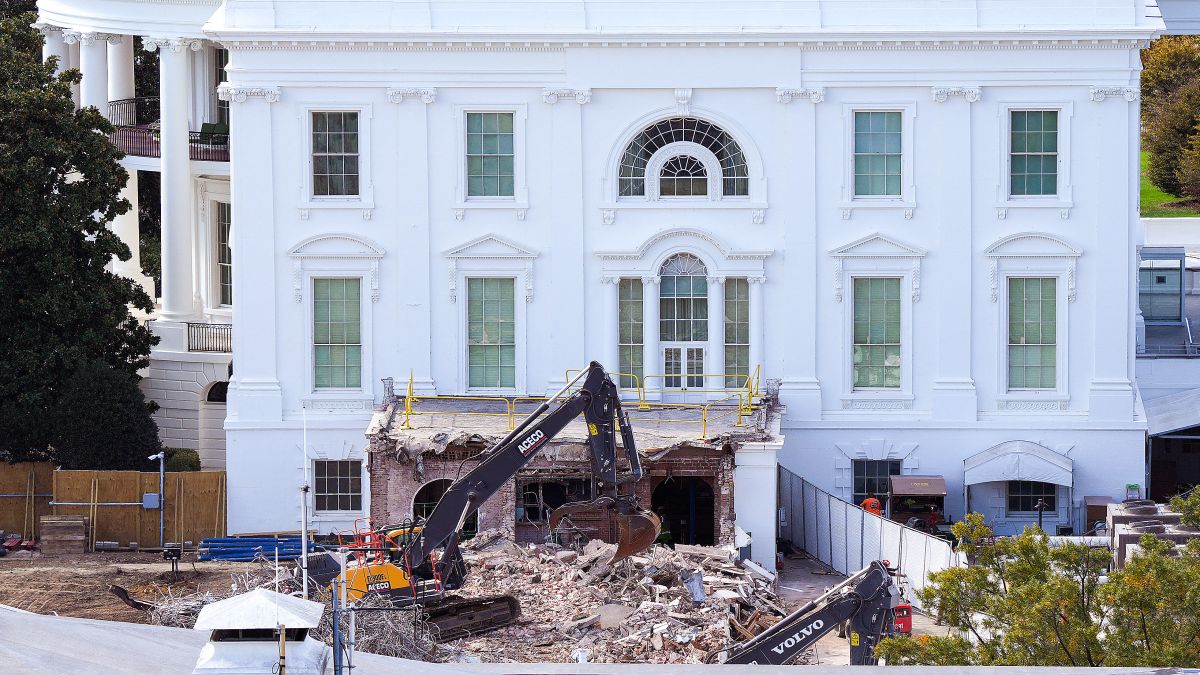)
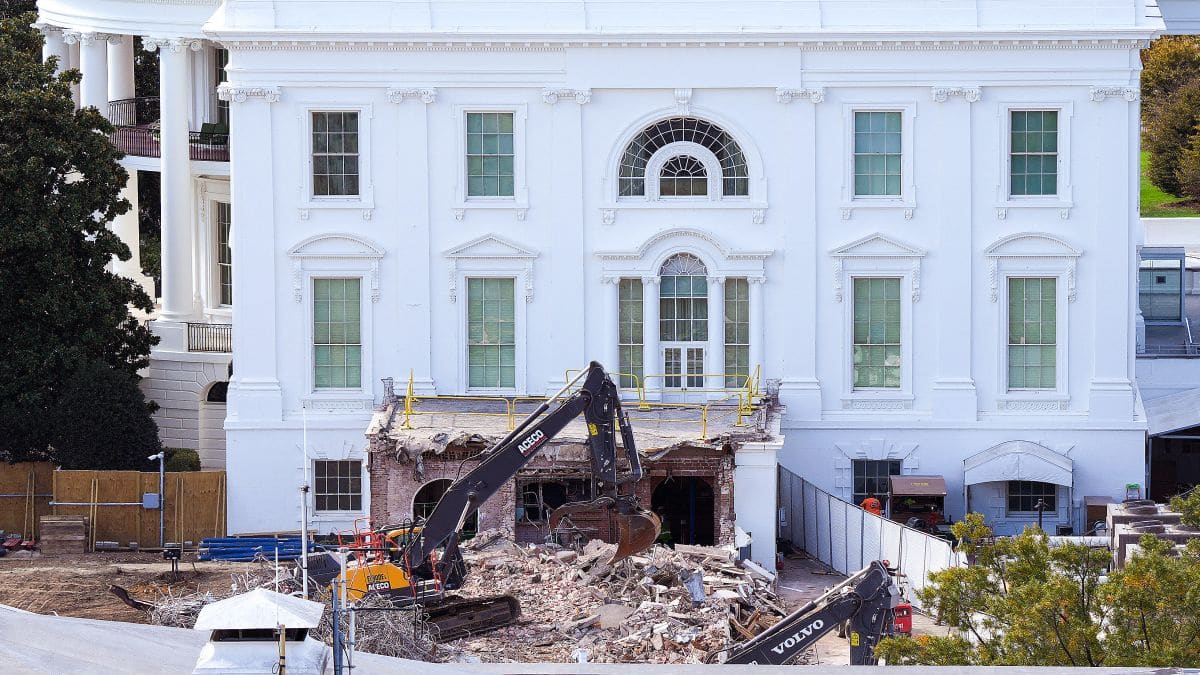
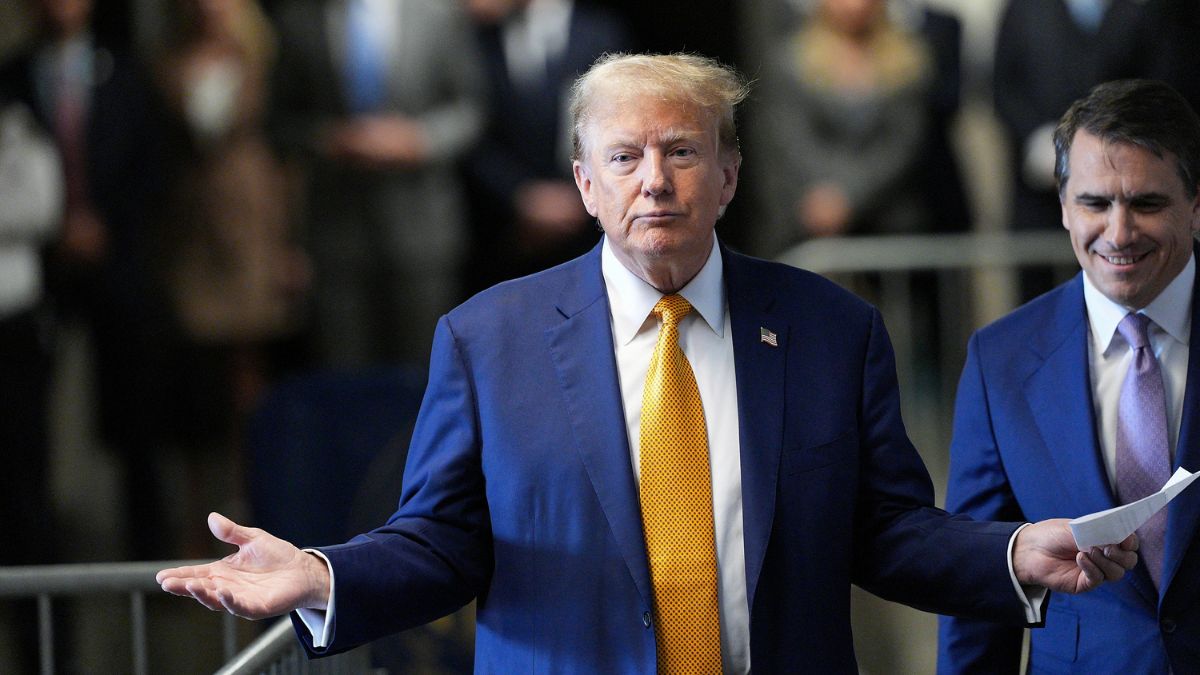)
)
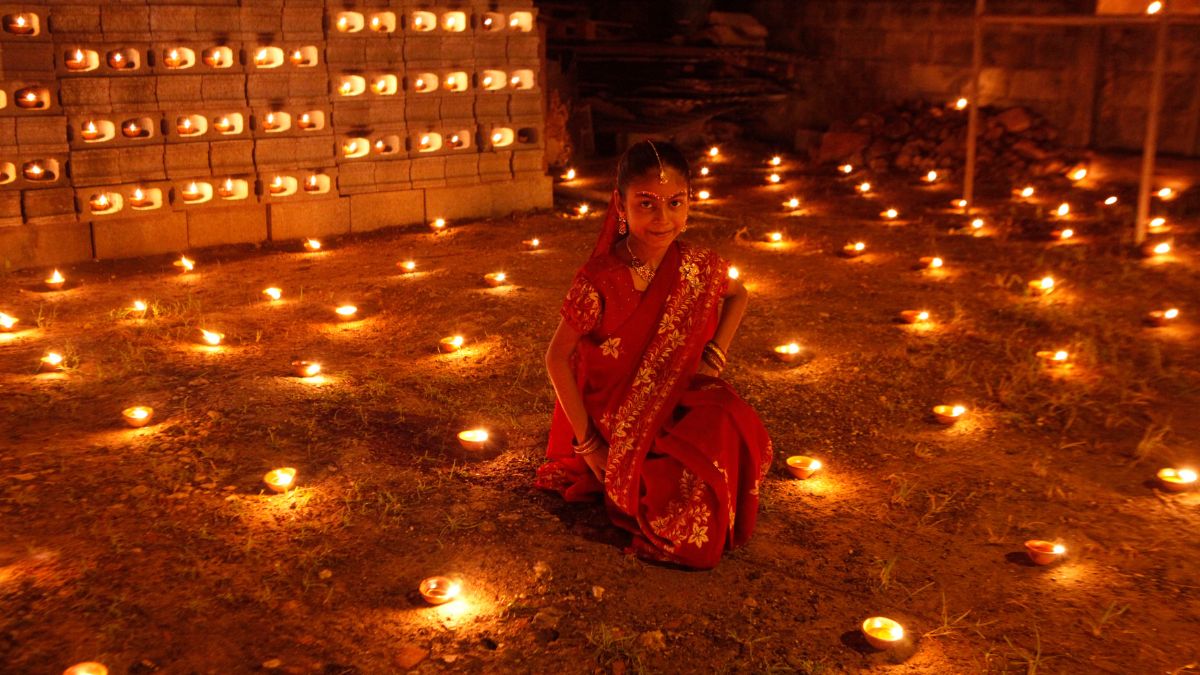)
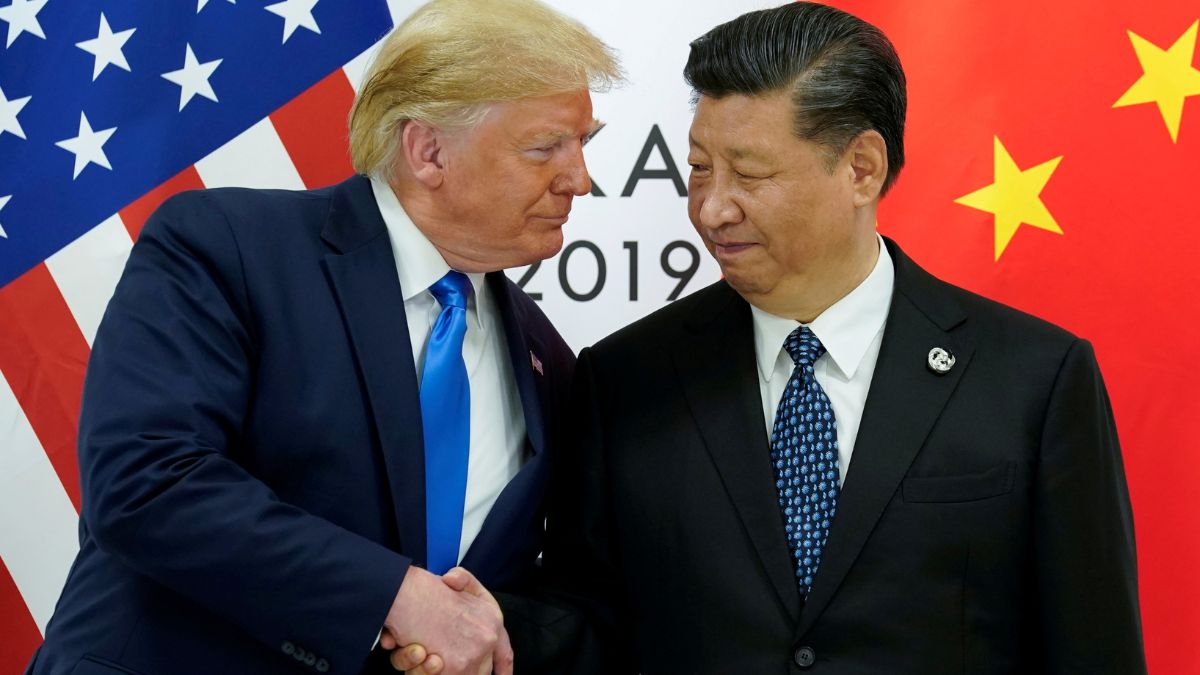)
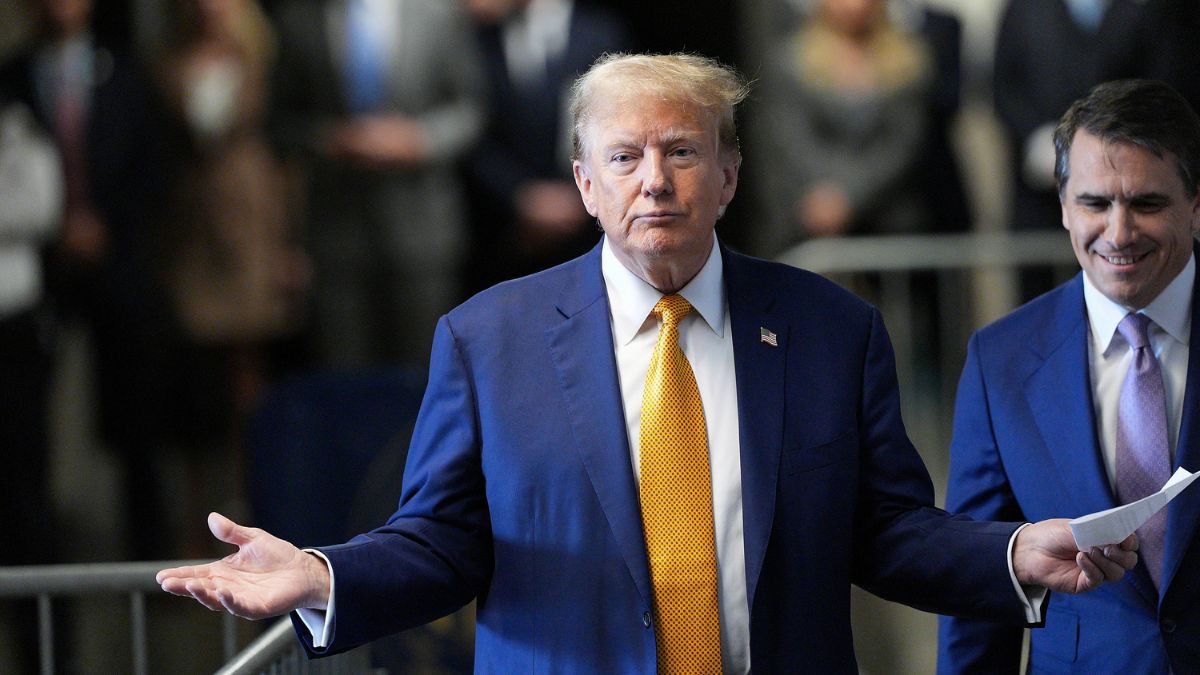)
)
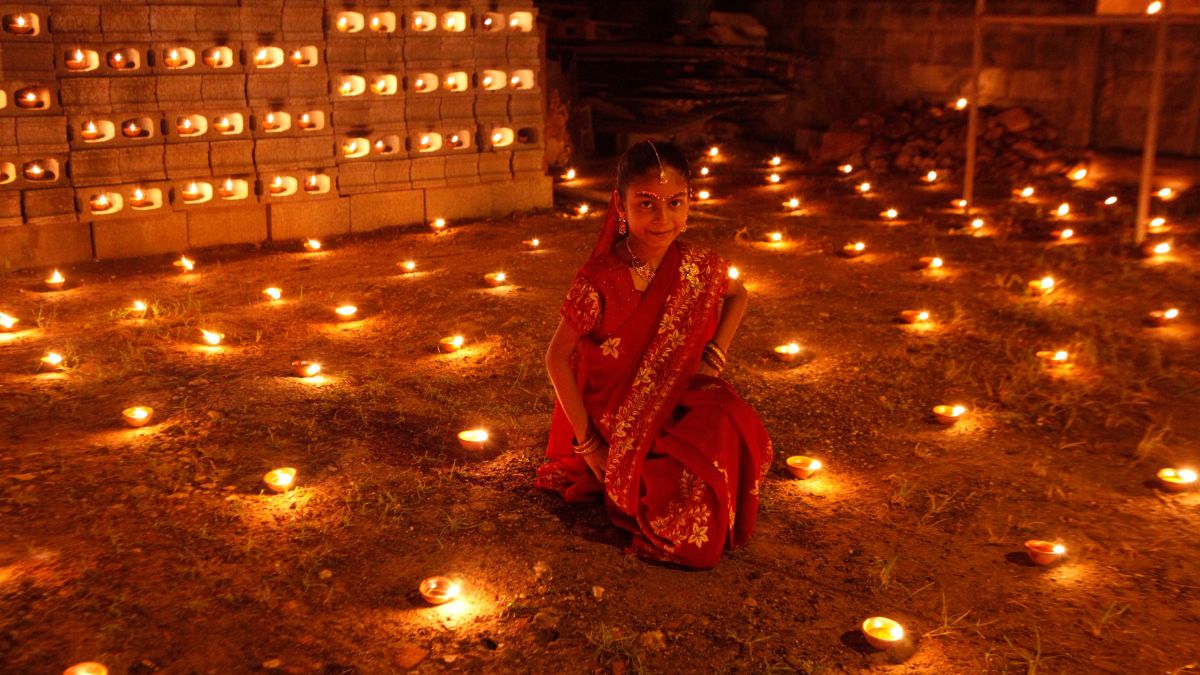)
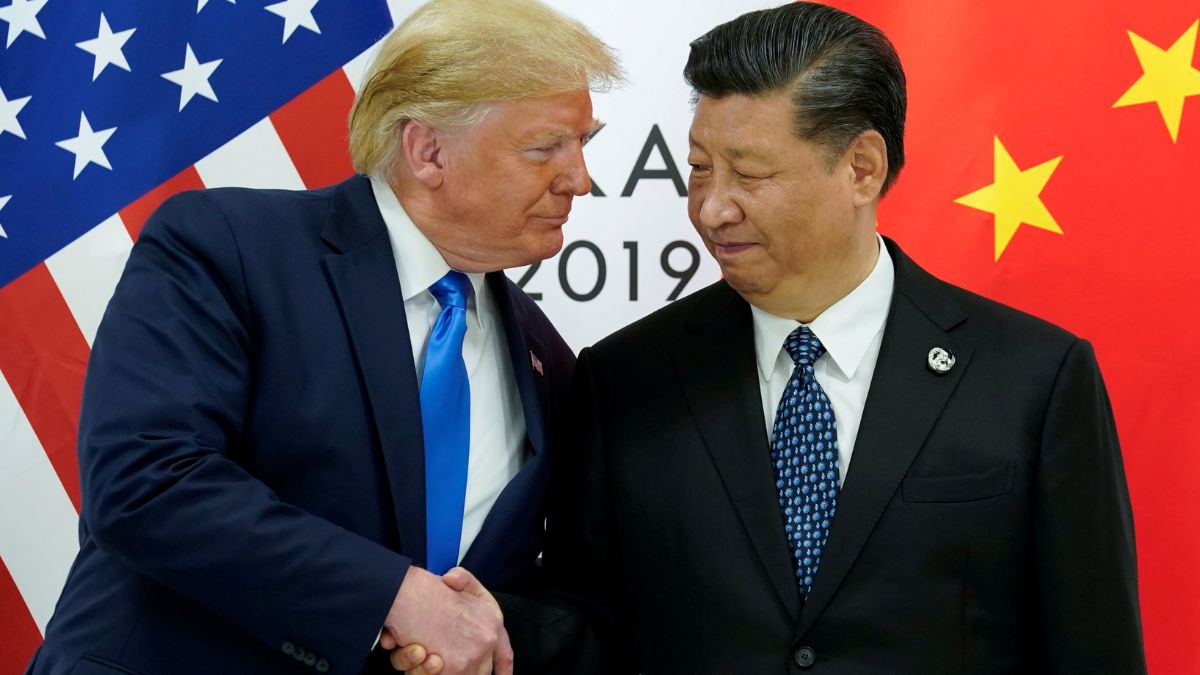)



